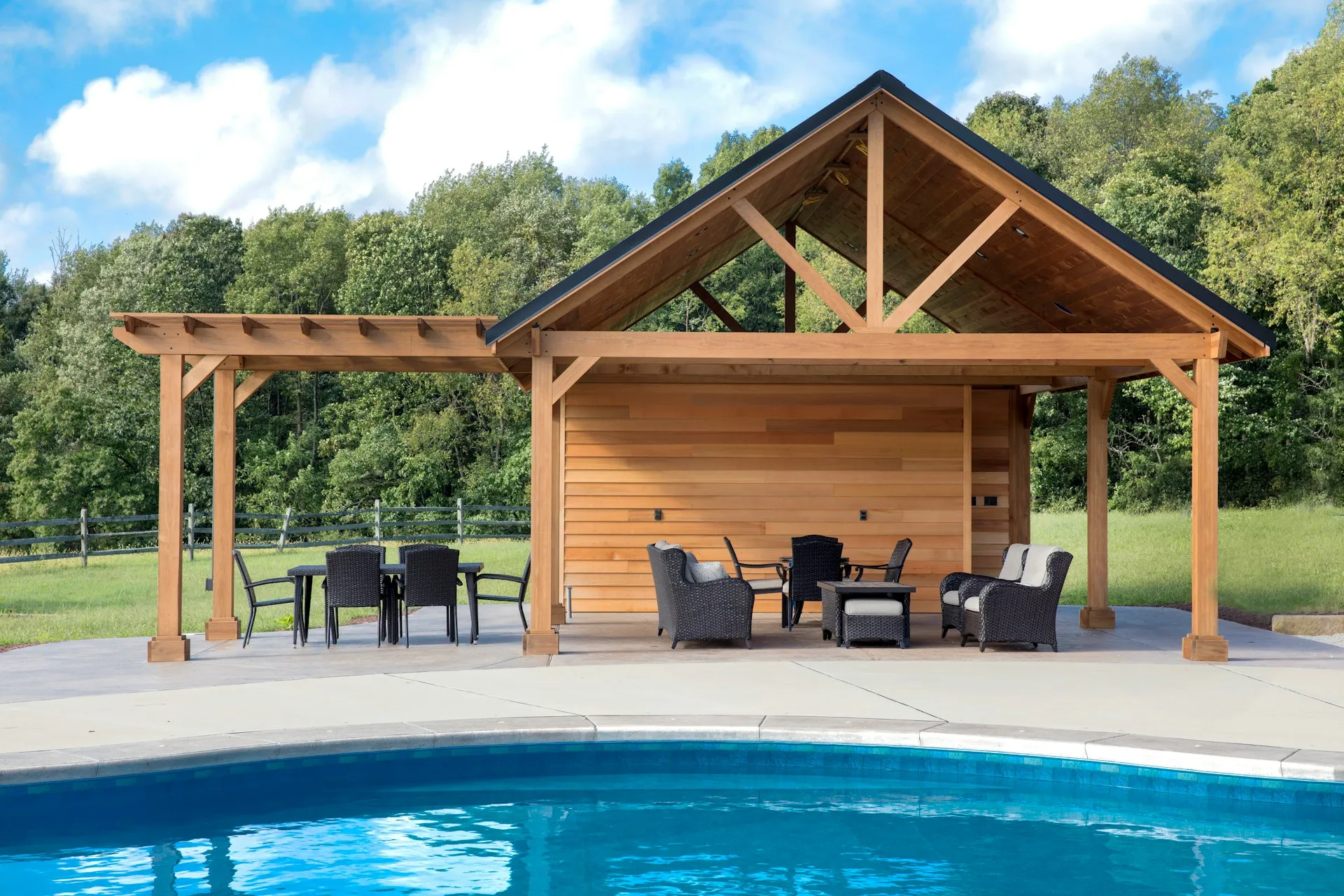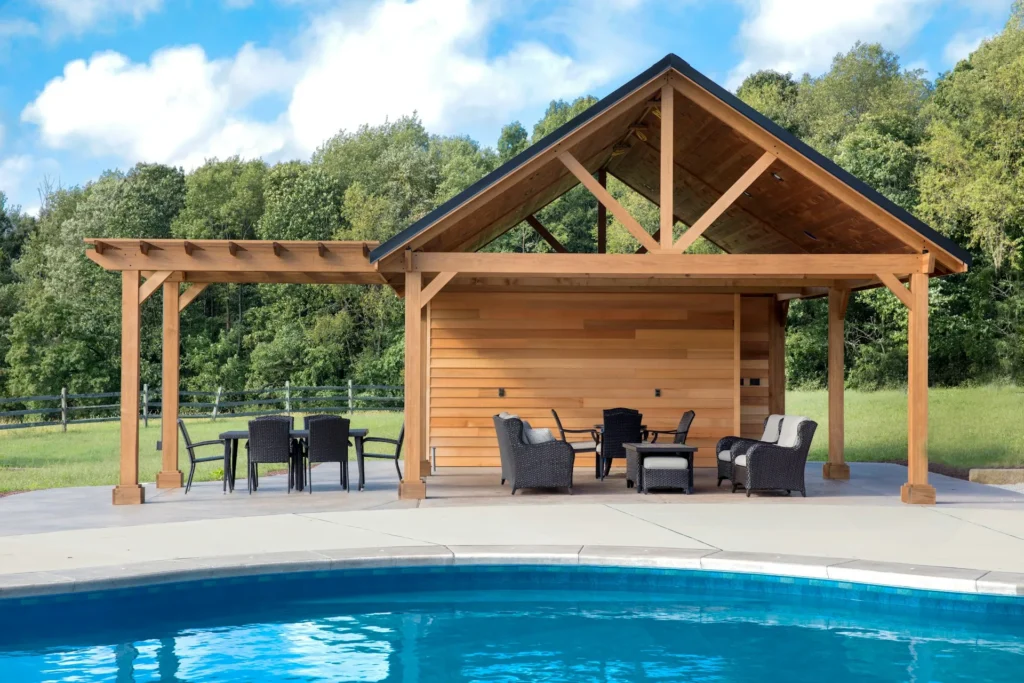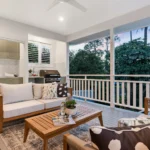Wood-Plastic Composite (WPC) has gained popularity as a durable, eco-friendly alternative to traditional wood for decking, siding, fencing, and furniture. However, not all WPC products are created equal. While high-quality WPC can last for decades with minimal maintenance, low-grade options may warp, fade, crack, or even fail prematurely.
To ensure you get the best value for your investment, it’s essential to know how to differentiate premium WPC materials from substandard ones. In this guide, we’ll walk you through key factors to look for when selecting high-quality WPC and how to avoid hidden defects.
Table of Contents

1. Understand the Composition of WPC
WPC is made from a blend of wood fibers and plastic, along with additives for UV resistance, color stability, and durability. The ratio and quality of these ingredients significantly impact the final product’s performance.
✔ High-Quality WPC:
– Uses a balanced ratio of wood fibers and plastic (typically 50-70% wood and 30-50% plastic).
– Contains high-density recycled plastics (HDPE) or virgin plastic for better strength.
– Includes UV stabilizers, anti-microbial agents, and color protectants.
❌ Low-Quality WPC:
– Uses excessive wood filler, making it prone to moisture absorption and swelling.
– Contains low-density or recycled plastics with impurities, leading to weaker boards.
– Lacks protective additives, causing quicker fading and degradation.
Tip: Always ask for the material composition and ensure the WPC has a good balance of wood and plastic with protective additives.
2. Check for a Protective Capping Layer
Capped WPC features an outer layer that enhances durability, moisture resistance, and stain protection.
✔ Premium WPC:
– Features a co-extruded cap that fully encases the board for superior protection.
– Resists moisture, mold, mildew, and staining.
– Maintains color longer and reduces fading from UV exposure.
❌ Inferior WPC:
– Is uncapped or only partially capped, making it susceptible to moisture and stains.
– Fades quickly due to lack of UV protection.
– Can scratch and dent easily due to a weaker surface.
Tip: Choose fully capped WPC for maximum longevity, especially for outdoor applications like decking and fencing.
3. Assess the Board‘s Density and Weight
The density of WPC affects its strength, stability, and resistance to impact.
✔ High-Density WPC:
– Feels solid and heavy when lifted.
– Resists dents, warping, and cracking.
– Has a smoother, more uniform texture.
❌ Low-Density WPC:
– Feels lightweight and may sound hollow when tapped.
– Prone to cracking and breaking under pressure.
– May show uneven textures or gaps in the material.
Tip: Heavier WPC boards generally indicate better quality. Avoid lightweight boards that may compromise durability.
4. Look for UV and Weather Resistance
Outdoor WPC products must withstand sun exposure, temperature fluctuations, and moisture.
✔ High-Quality WPC:
– Contains UV stabilizers to prevent fading.
– Maintains structural integrity in extreme weather conditions.
– Resists expansion and contraction due to temperature changes.
❌ Low-Quality WPC:
– Fades within months due to lack of UV protection.
– Warps or cracks in extreme heat or cold.
– Absorbs moisture, leading to swelling and mold growth.
Tip: Ask for test reports or warranties covering UV resistance and weather durability.
5. Examine the Surface Finish and Texture
The finish of a WPC board affects both its aesthetic appeal and slip resistance.
✔ Premium WPC:
– Has an even, natural wood grain texture.
– Offers a slip-resistant surface for safety.
– Comes in a variety of color options with realistic wood-like appearance.
❌ Cheap WPC:
– Looks overly plastic-like with an artificial sheen.
– Has an inconsistent or peeling surface texture.
– Becomes excessively slippery when wet.
Tip: Run your hand over the board to check for a natural texture and ensure it provides a secure grip.
6. Verify Certifications and Testing Standards
Reliable manufacturers test their WPC products to meet industry standards for safety and performance.
✔ Look for:
– ISO, ASTM, or CE certification – Ensures the product meets quality and safety regulations.
– Fire resistance rating – Some WPC boards offer fire-resistant properties for added safety.
– Slip resistance certification – Important for decking and flooring applications.
❌ Avoid uncertified products
– They may not meet durability and safety requirements, leading to potential failures.
Tip: Request technical data sheets and certification reports from the manufacturer.
7. Compare Warranties and Manufacturer Reputation
A reputable WPC manufacturer will back their product with a strong warranty and positive customer feedback.
✔ What to look for:
– Warranty of at least 10-25 years – Indicates confidence in product durability.
– Positive reviews and testimonials – Check online forums, product reviews, and ratings.
– Established brands with a track record – Trusted manufacturers invest in R&D for better products.
❌ Warning signs of low-quality WPC:
– No or very short warranties (1-3 years).
– Negative reviews about warping, fading, or breakage.
– Unknown manufacturers with limited customer support.
Tip: Always research the brand and read customer feedback before purchasing.
Choose Wisely for Long-Term Benefits
Investing in high-quality WPC ensures that your deck, siding, or fencing will last for years without major issues. By considering material composition, protective capping, density, UV resistance, surface finish, certifications, and manufacturer reputation, you can confidently select the best WPC products while avoiding low-grade alternatives.
When in doubt, ask for samples and compare different brands before making a final decision. A well-chosen WPC product will provide both beauty and durability, making your home renovation project a long-term success.
By following these guidelines, you’ll ensure that your WPC investment pays off in quality, performance, and lasting value.


